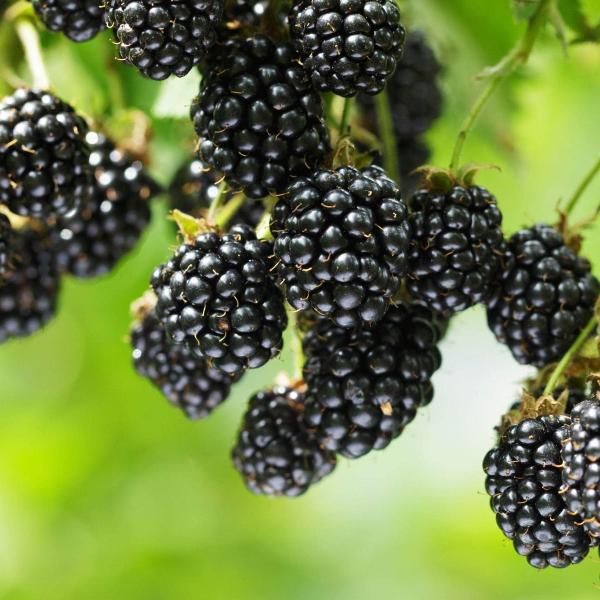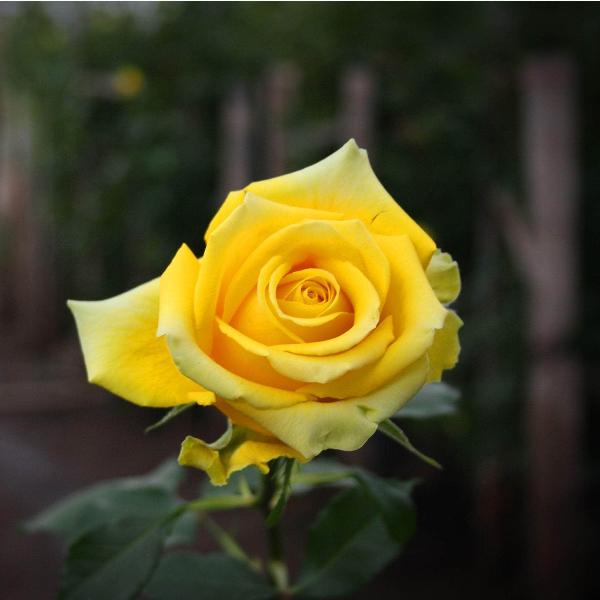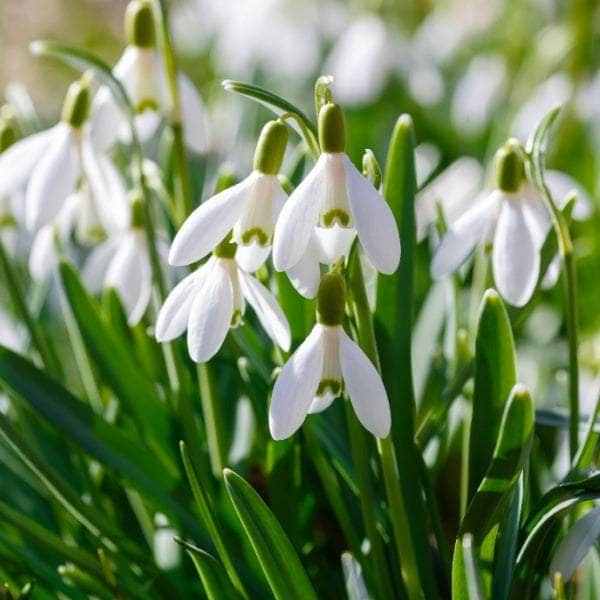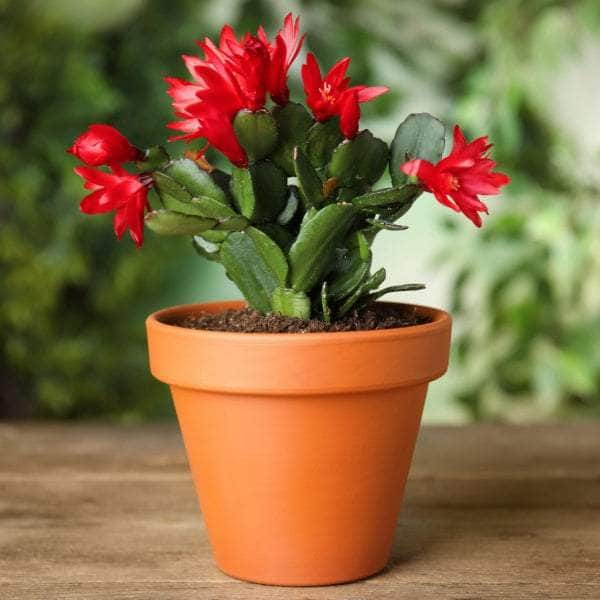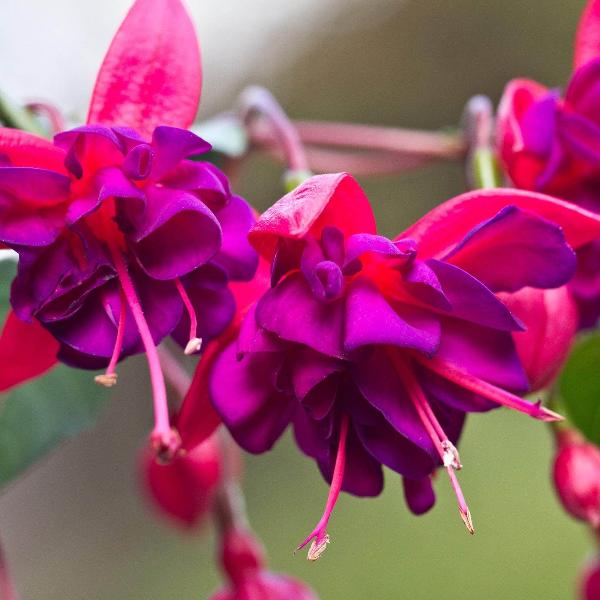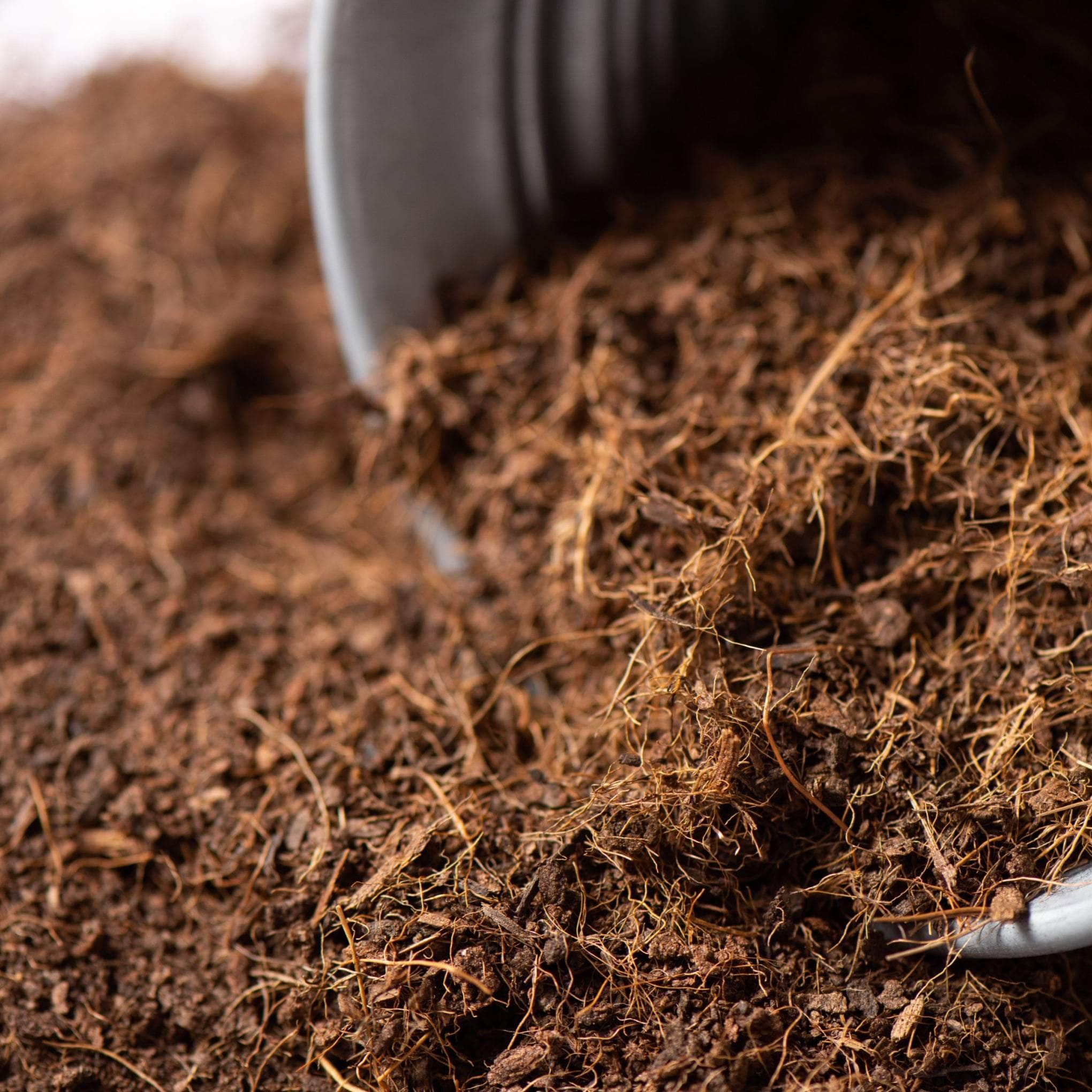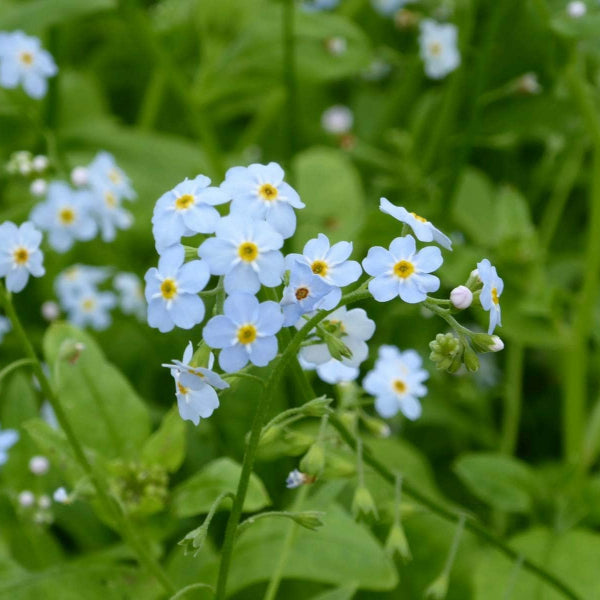The Ultimate Guide to Growing and Caring for Aubrieta Plants
Welcome to our ultimate guide on Aubrieta plants, a gardener's delight and a rock garden's best friend. If you've ever been captivated by a cascade of rich purple and lilac flowers tumbling down a dry stone wall, chances are, you've encountered the enchanting Aubrieta. In this comprehensive guide, we'll delve into the world of Aubrieta, exploring its origins, characteristics, and the many varieties that add a splash of colour to our gardens.
We'll guide you through the process of growing these vibrant plants, from choosing the right location to plant care, and even how to propagate by division. Whether you're battling common pests or downy mildew, seeking gardening tips for the perfect flower season, or simply curious about the blooming period of these blue flowers, we've got you covered. So, let's embark on this horticultural journey together, and discover how to make your garden a riot of colour with Aubrieta.
Understanding Aubrieta: Origin and Characteristics

Diving into the world of Aubrieta plants, we'll explore their origins and unique characteristics. This vibrant rock cress, known for its stunning purple and lilac blooms, has a rich history and a set of features that make it a favourite among garden enthusiasts.
From its Mediterranean roots to its adaptability in various climates, Aubrieta's story is as colourful as its flowers. Let's delve into the fascinating journey of this plant and understand what makes it so special.
The Origin of Aubrieta
Originally hailing from the Mediterranean region, the Aubrieta, commonly known as rock cress, is a staple in many gardens today. Revered for its sea of vibrant blue and lilac flowers which blossom during the mid-spring season, the plant owes its name to the illustrious French flower-painter Claude Aubriet.
Aubrieta's uniqueness lies within its flower period, producing a profusion of rich purple, blue, and pink blossoms which contrast brilliantly against the plant's light green foliage. Its captivating beauty, coupled with its low-maintenance nature, makes it a valued choice among garden enthusiasts.
Remarkably versatile, aubretia flourishes in various climates and environments, making their origin an interesting tale of resilience and survival in diverse conditions.
Characteristics of Aubrieta Plants
Sunlight Needs: Aubrieta plants are sun lovers, they thrive in an environment where they receive at least a half-day of sun. They can tolerate partially shaded areas, but too much shade can lead to a sparse and scraggly appearance.
Climate Preferences: These alpine botanical beauties flourish in cooler summer climates. They can withstand high humidity periods and the damp, cool climate akin to Great Britain or Washington state favours their growth.
Propagation: Aubrieta plants can be propagated from collected seeds or sourced from a reputable seed company. They are not easily available as nursery plants and growing them from seed ensures a more true-to-type plant.
Flowering: Blooming with varied hues of red, purple and lilac to rich blue flowers, their flower period enhances the beauty of any garden during the flower season.
Types of Aubrieta: Exploring the Varieties

Dive into the world of Aubrieta, a plant genus that boasts a myriad of captivating varieties. From the common types to the cultured varieties, each Aubrieta plant has its unique charm and characteristics.
In this section, we'll explore the different types of Aubrieta, including the enchanting Aubretia Pixie Pearls, and the vibrant cultured Aubrieta varieties. Let's embark on this botanical journey together.
Common Types of Aubrieta
Aubrieta Deltoidea: Also known as the Purple rock cress, this is a mound-forming plant, showcasing a splash of vibrant purple blooms during the spring season.
Aubrieta x Cultorum: This variant stands out with a range of colours. From pinks, purples and even reds, its versatility is a crowd-pleaser.
Aubrieta ‘Doctor Mules’: Renowned for its light violet-purple flowers, this species is a regular choice amongst garden enthusiasts. It's resilient and low maintenance, perfect for adding a dash of colour.
Cultured Aubrieta Varieties
Cultured Aubrieta Varieties: Discover the bred diversity
Aubretia 'Doctor Mules': An early bloomer that showcases rich purple flowers
Aubretia 'Kitte Blue': Appeals with a beautiful blue hue; resistant to pests
Aubrieta 'Cascade Purple': Cascading blooms with bright purple in spring
Aubrieta 'Pixie Pearls': Dainty white blooms with variegated leaves; excellent as a young plant
Aubrieta 'Red Cascade': A vibrant and vivacious red, starring in rockeries.
Each variety displays a unique charm. But all thrive on similar care—lots of sun, well-drained soil, and infrequent watering. So choose according to your aesthetic preference. Whether you prefer the classic Doctor Mules, or the quaint Pixie Pearls, there's an Aubrieta for every gardener.
Aubretia Pixie Pearls: A Closer Look
The 'Aubretia Pixie Pearls' is a captivating variety of Aubrieta that stands out in any garden. Noteworthy for its charming white blooms, it's indeed a gem in the broad spectrum of Aubrieta types.
This unique variant brings a cool shade of white that provides a soft and calming side to your garden's colour scheme. But don't be deceived, despite its seemingly gentle exterior, 'Aubretia Pixie Pearls' is a robust plant, capable of thriving in challenging conditions.
A common characteristic amongst Aubrieta, this type is an excellent ground cover. Its rich curtain of flowers drapes beautifully, masking the cold, regal stone walls beneath it while adding an ethereal touch to your outdoor space. With 'Aubretia Pixie Pearls', you aren't just planting a flower. You're adding a touch of serenity to your garden.
How to Grow Aubrieta

Growing Aubrieta can be a rewarding experience, especially when you see the vibrant blooms covering your rock garden. This comprehensive guide will provide you with all the necessary information to ensure your Aubrieta thrives.
From choosing the right location to understanding how to propagate by division, we'll cover all aspects of Aubrieta plant care. Let's dive in and explore the world of this beautiful perennial.
Choosing the Best Location for Aubrieta
Choosing the right location for Aubrieta plants is vital for their healthy growth. These sun-loving perennials thrive best in full sun exposure, making them a magnificent addition to your outdoor landscape. The position should ideally receive at least 6 to 8 hours of direct sunlight per day.
Aubrietas also prefer well-draining alkaline soil. Remember, a soggy environment can lead to root rot and other plant diseases. Thus, opt for a sloping terrain or raised beds for optimal drainage.
Planting Aubrieta: Step-by-Step
Once you've chosen your ideal spot in a sunny location - it's time to plant your Aubrieta. Here's a step-by-step guide:
If you have chosen to grow Aubrieta from seeds, begin by sowing these in containers - indoors or outdoors - eight weeks before the last anticipated frost.
When the seedlings are hardy, or when you are sure the frost has passed, transplant them to a garden bed or any space where they get full sun.
Your Aubrietas can reward you with a vibrant curtain of bloom if given the correct care and proper location. Embrace the challenge!
Propagating Aubrieta: A Practical Approach
Select a Healthy Parent Plant: To start propagating Aubrieta, you'll first need a robust and healthy parent plant. Preferably, choose a mature Aubrieta that has a strong growth and abundant blossoms.
Perform Division in Early Spring or Autumn: The ideal times to propagate by division are at the onset of spring or during the cool autumn months. This timing allows the newly divided plants to establish themselves before the harsh weather conditions set in.
Successful propagation heavily relies on the plant's care post-division. Be sure to provide ample sunlight and plant them in alkaline soil for best results. With the right location and proper care, your Aubrieta should flourish and add a pop of colour to your garden.
Aubrieta Care: Ensuring Healthy Growth

Caring for Aubrieta plants is a rewarding endeavour, as these hardy plants can thrive in various conditions with minimal fuss. This section will guide you through the essential steps to ensure your Aubrieta's healthy growth.
From watering and fertilising to pruning and overwintering, we'll provide you with the best gardening tips to keep your Aubrieta flourishing.
Watering and Fertilising Aubrieta
Aubrietas, like every green plant, crave a specific cocktail of nutrition. It's critical to remember to regularly water your plant, but not excessively, since they are tolerant to droughts. Balancing watering according to weather conditions is your golden gardening tip.
The use of enrich compost can work wonders for aubrietas. In early autumn, when you see a significant growth in the plant, supplement the soil surrounding it with organic enrich compost. This provides the required nutrient boost that aids in overall growth and flowering.
However, overdone nourishing can be harmful, triggering unwanted pest intrusion and health issues like downy mildew. Hence, closely walker's line between balanced watering and fertilising remains the perfect way to relish the beauty of flourishing aubrietas.
Pruning and Overwintering Aubrieta
Taking care of your Aubrieta plant during the colder months primarily involves prudent pruning and implementing overwintering techniques. Pruning is remarkably advantageous for this hardy plant. Undertake this gardening task in early autumn to emerge more luxuriant bloom in the ensuing spring season.
Overwintering, on the other hand, demands some tender attention. Despite being a hardy propagation, you should avoid excess dampness in the surroundings of Aubrieta during the winter months. To achieve this, consider installing suitable cloches or protective fleece.
Together, pruning and overwintering not only promote a healthier growth but also present a view more vivid than a painter's canvas. Just ensure these simple yet significant activities are completed in good time for a magnificent bloom.
Dealing with Common Pests and Diseases
Aphids: These pests are fond of Aubrieta plants and can stunt their growth. If you spot them, apply a mild soapy water solution or a suitable insecticide.
Downy Mildew: This fungus-like disease results in white, powdery spots on leaves. Use fungicides and apply good gardening practices to prevent its spread.
Grey Mould: It causes browning and wilting of the aubrieta. Proper plant spacing and removing infected parts can help control it.
Slugs and Snails: These pests can cause significant damage to the foliage. Using slug pellets or traps should deter them.
Aubrieta Blooming: When and How

Aubrieta, with its vibrant purple blooms, is a sight to behold during its flowering season. This section will delve into the blooming period of this charming plant and provide insights on how to encourage more blossoms. Whether it's adorning a wall or filling a garden crevice, Aubrieta's flowering prowess is truly captivating.
When Does Aubrieta Bloom?
The captivating Aubrieta blossoms bring a burst of vitality to any bed or garden crevice in the flower season. Notably, these floriferous wonders bloom around the onset of spring, with the flower period stretching until the early part of summer.
What's truly interesting about Aubrieta is their innate ability to thrive in partial shade as well as full sunlight, granting a certain flexibility to gardeners. This diverse illumination acceptance further promotes their flowering capacity.
Investing in Aubrieta presents the rewarding spectacle of a dry stone wall or cranny suddenly ignited with a vibrant floral display. Such an enchanting vista can be both a gardener's dream and a passerby's delight!
How to Encourage More Blooms
Aubrieta is normally not a fussy plant. However, to entice extra resonant blooms, a few steps can be effective. An annual application of organic matter to the soil base can significantly enhance its performance.
Moreover, a little sunlight is like a magic potion for Aubrieta. A location with partial shade or direct morning sunlight can do wonders. Overcrowding can cause scarce blooming, therefore, ensuring ample space between plants is crucial.
Aubrieta in Landscaping: Creative Uses

Aubrieta plants are not just a vibrant addition to your garden, but they also serve a practical purpose in landscaping. Their ability to thrive in challenging conditions makes them an ideal choice for creative uses in your outdoor space. Whether it's a garden bed or any walls, Aubrieta can add a splash of colour and life to these areas. Let's explore how you can incorporate this hardy plant into your landscape design.
Using Aubrieta in Rock Gardens
A rock garden, a symphony of texture and hues, is incomplete without the vibrant Aubrieta. Indeed, Aubrieta plants accentuate the magnificent rockeries, breathing life into what may otherwise seem stark.
Their widespread root structure effectively covers ground, settling comfortably into the most unconventional nooks, crannies, and crevices. Their resilience lends to survival even in the most dry, stony landscape.
Thriving in full sun to partial shade, Aubrieta's adaptability is undoubtedly a boon for rock gardens. The richness of their bloom under varying light conditions offers flexibility, underscoring their integral role in rock garden landscaping.
Aubrieta as a Wall Cover
Aubrieta is a fantastic choice for breathing life into stone walls. Its ascent pattern showcases the plant's impeccable ability to conquer vertical spaces. Preferring the full sun to partial shade, Aubrieta fills every nook and cranny making a striking statement.
This ornamental cloak requires minimum fuss. Its low-maintenance nature ensures a radiant display of blooms without overburdening the gardener. Witness the wall transform under the captivating spell of Aubrieta!
Embracing the Beauty of Aubrieta in Your Garden

In conclusion, the beauty of Aubrieta, with its rich purple and lilac hues, can truly transform your garden into a vibrant oasis. Whether you're looking to adorn a garden bed or any crevice, this resilient plant thrives in full sun and alkaline soil, making it a versatile addition to any outdoor space.
Remember, the key to successful Aubrieta care lies in a good location, regular watering, and protection from common pests like downy mildew. With these gardening tips, you can ensure a spectacular flower season, year after year.
While Aubrieta may require a bit of effort in its young plant stage, the stunning blue flower display in early autumn is well worth it.
So, why not embrace the charm of Aubrieta in your garden?
After all, every cranny and crevice deserves a touch of nature's beauty.





